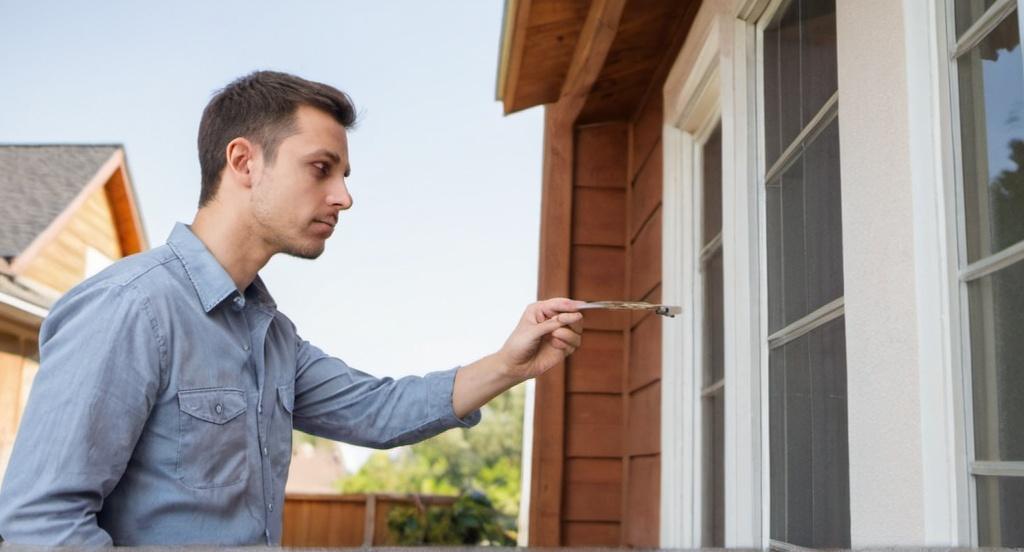Key Take Aways about Single-family homes as Investment Properties
- Single-family homes are popular for both privacy and individuality.
- They offer lucrative investment potential through appreciation and rental income.
- Consistent rental demand exists, but managing tenants and maintenance is crucial.
- Calculate cap rate for assessing investment viability; 5%-10% is considered solid.
- Location significantly impacts property value and income potential.
- Tax breaks like mortgage interest deductions can enhance financial outcomes.
- Despite challenges, they are rewarding additions to investment portfolios.

The Appeal of Single-Family Homes
Single-family homes have long been cherished assets in the real estate market. Their charm is undeniable and often makes them a go-to choice for investors looking to reel in some rental income. These properties are usually standalone structures, providing both privacy and individuality. Many people like the idea of owning a home that’s not tethered to anyone else’s through a shared wall.
Investment Potential
The investment potential for single-family homes doesn’t just come from their stand-alone appeal. They generally appreciate over time, and paired with the possibility of rental income, they can become lucrative investments. The tricky part? Balancing the potential for appreciation with the costs. You’ll likely have to shell out for maintenance and occasional repairs, but if managed well, the returns often make up for it.
What’s the Deal with Rental Income?
Okay, so you’ve snagged a shiny single-family home. Now what? Renting it out is a common strategy to generate income. The rental market can be unpredictable, but there’s often consistent demand for single-family homes. Families and folks who like a bit more space than what apartments offer frequently seek them out. A good property manager can help find tenants, handle leases, and even manage repairs. Just be ready for the occasional tenant who pays rent late or not at all. It happens.
Crunching the Numbers
When considering single-family homes as investment properties, you’ll want to look at a few numbers. Start with the capitalization rate, or cap rate, which measures the property’s potential return on investment. It’s the annual rental income divided by the property value, expressed as a percentage. A cap rate between 5% and 10% is often considered solid, but this varies depending on location and market conditions.
Personal Experiences and Stories
Anecdotes often help provide a realistic picture. Picture a friend of mine who bought a fixer-upper single-family home a decade ago. It was in a neighborhood that wasn’t exactly buzzing at that time. Fast forward to today, and that neighborhood has transformed into a hotbed of activity. His property’s value has doubled, and he’s raking in rental income like clockwork.
Not every story is that rosy, though. There’s Jane, who dealt with tenants who managed to transform a beautiful home into something resembling a teenager’s messy bedroom. It took her months to clean it up and get new tenants in. The takeaway here? Either have a solid lease agreement or keep some bleach handy.
Location, Location, Location
The old saying still holds true, especially for single-family homes. Proximity to schools, shopping centers, and public transport can make or break your property’s success. An area with good growth potential can add to your property’s value, making it not just a roof over someone’s head but a gateway to financial gains.
Tax Breaks and Incentives
Don’t sleep on the tax breaks available for single-family homes. Mortgage interest deductions, depreciation, and repairs are all on the table. These can drastically alter your financial outcome. It’s worth diving into the tax regulations or consulting a tax professional to maximize what you can get back.
Final Thoughts
Single-family homes carry a unique investment potential due to their ability to appreciate and generate rental income. They do come with their own set of challenges, like maintenance and vacancy risks. However, many investors find them a rewarding addition to their portfolios. If you’ve been thinking about real estate investment, getting into single-family homes could be a smart move. Just keep your eyes peeled for potential pitfalls and enjoy the ride.